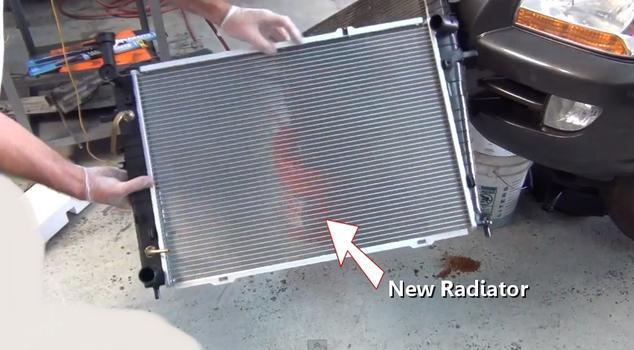If you paid to have the tires balanced, go back to that shop and have them recheck their work. Any reputable shop will do that at no charge to you. There will be weights on the inside edges of the wheels that you can't easily see. Also, it's not unheard of for balancers to be out of calibration. If it shows all of your wheels are out of balance, they will have to recalibrate their machine.
To lose one wheel weight is possible but it doesn't happen that often, and when it does, the resulting vibration often isn't very noticeable. If your vibration is particularly bad, consider a steering and suspension inspection first before you look for other causes. A worn ball joint can fill up with mud between its ball and socket, and when the car is simply raised on a hoist for other repairs, (including wheel balancing), that mud can shift and put the ball joint and wheel into different alignment. That can easily explain why the vibration was gone for one day. New ball joints and an alignment will take care of that permanently.
A worn engine mount can reveal a shaking too, but from your description, I don't think this applies to your car. Worn areas develop inside the inner cv joint housings over time. Large metal rollers run back and forth in those worn spots as the half shaft changes length and angle with every tire rotation. A sagged engine mount or weak front coil springs changes the length and angle of the half shaft and can cause those rollers to run into part of the housing that isn't worn. That is felt as a shimmy in the steering wheel, but only under acceleration, and it is rarely felt at speeds above 40 mph. The fix for that is to replace the inner cv joint housing, (it's less expensive to install an entire rebuilt half shaft), and to correct whatever is causing the change in half shaft angle.
Your mechanic should also check for broken tire belts. Some defective tires are real easy to spot by watching the tread when spinning them. Some problems are very tricky to see and some mechanics don't know what to look for. One thing you can watch for is a very slight movement back and forth in the steering wheel as you drive slowly through a parking lot. Some other clues to a broken belt are you might feel the shaking in the car or steering wheel more when going around a sweeping curve at high speed, and, with a front-wheel-drive car, it might pull one way under acceleration and pull the other way during moderate to hard braking. Broken tire belts are real common on Uniroyal and B.F. Goodrich tires, and in my experience, they're common on Goodyear tires when they get down to the wear bars.
Given the age of your car, also consider a rusty brake rotor or drum. I still drive an '88 Grand Caravan every day. About eight years ago I had an elusive vibration that only occurred at highway speed, but not all the time. Turned out to be both rear brake drums where out-of-balance. I could only feel it when both were bouncing up and down at the same time. Finding the heavy spot on one of them was real easy with the wheel off because it turned by itself and settled to the bottom. There was a factory balancing weight welded on there which I cut partially off. That solved the problem for a few years until entire chunks of metal rusted off. A new brake drum solved that problem permanently.
Friday, December 30th, 2011 AT 10:05 PM


